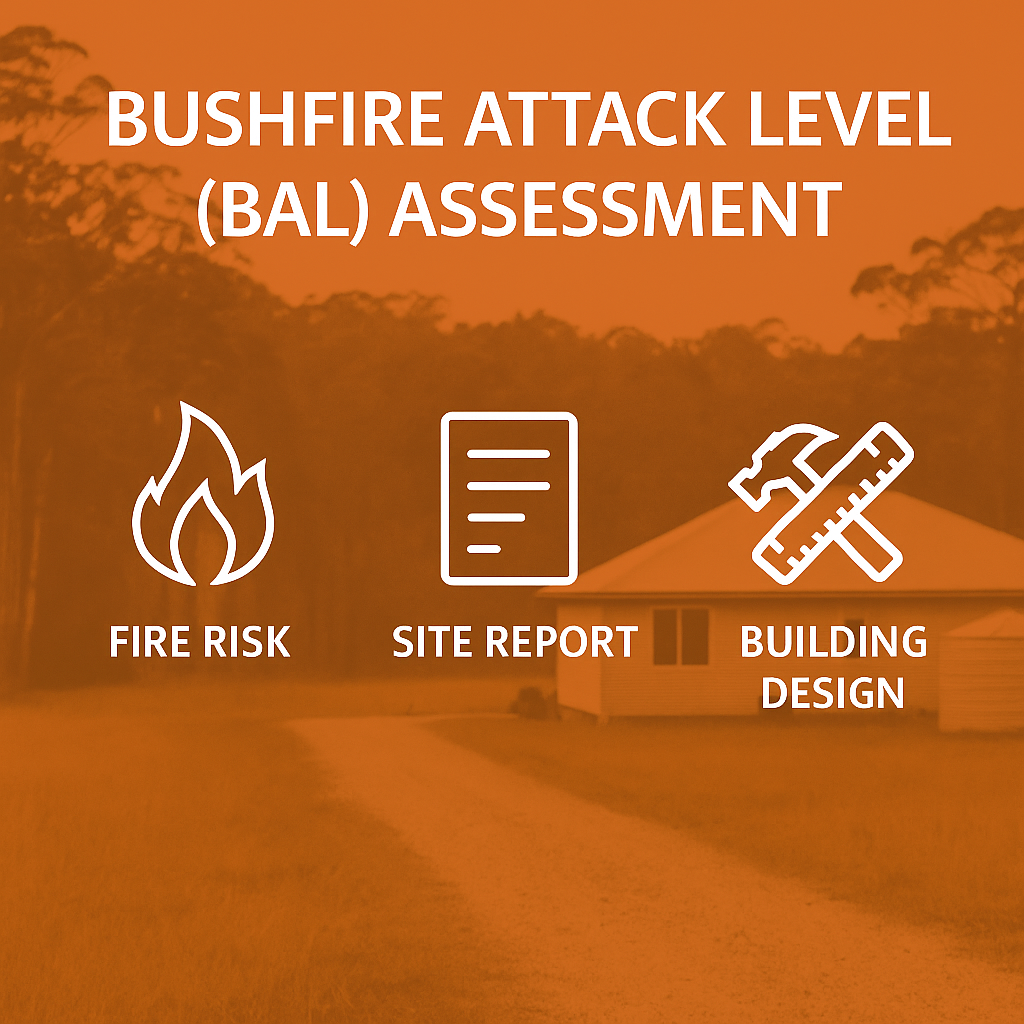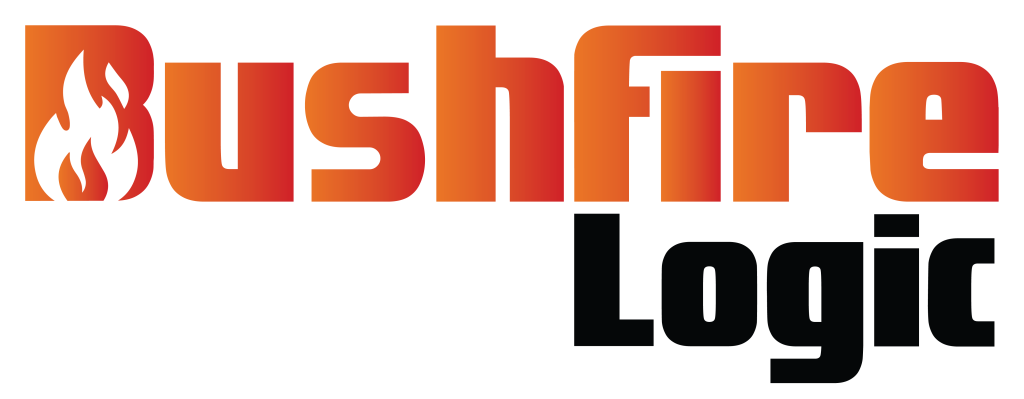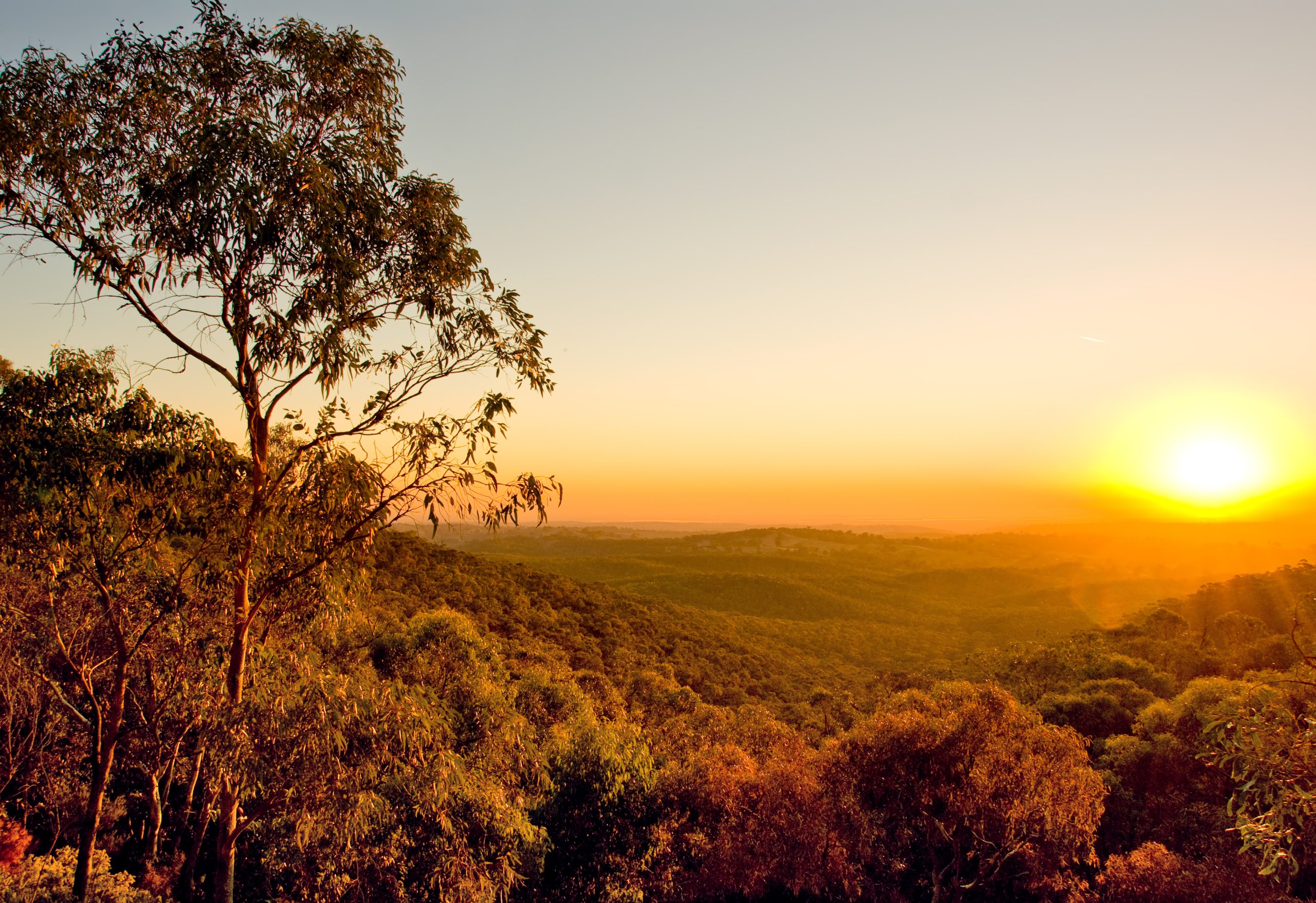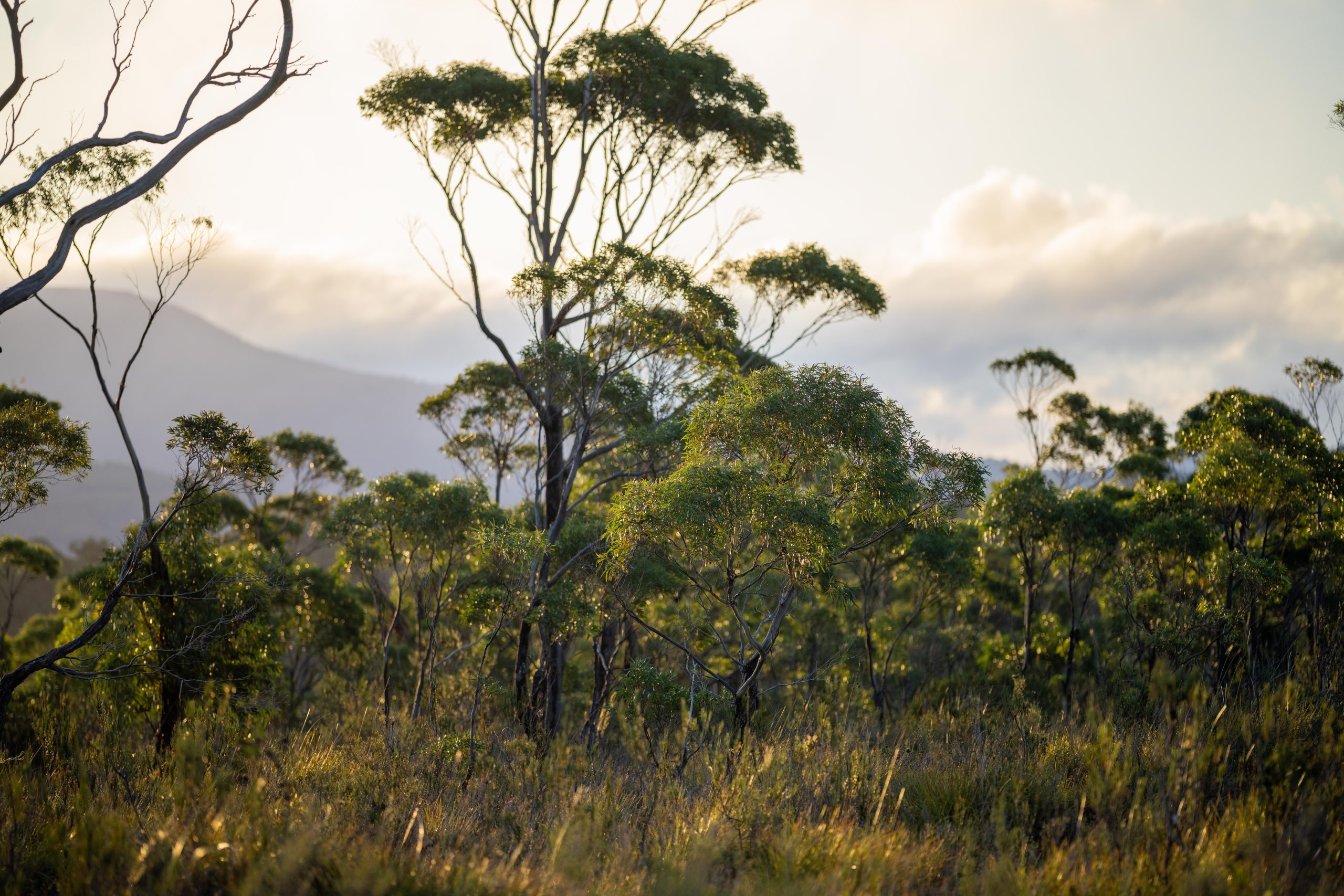Bushfire Attack Level (BAL) Assessment
What is a BAL and who can prepare one?
BAL stands for Bushfire Attack Level. It is a rating system used across Australia to assess the potential impact of bushfires on buildings and structures. The Bushfire Attack Level (BAL) is measured using the following factors that relate to the site and its surroundings. These factors include:
Distance to Vegetation: The proximity to areas of bushfire-prone vegetation, such as forests, woodlands, or scrub.
Type of Vegetation: The density and type of vegetation surrounding the site have a significant influence on the risk level.
Topography: The slope of the land can affect how fire behaves. Steeper slopes can increase the intensity and rate of spread of a fire.
Fire Behaviour: The assessment considers how likely a bushfire is to reach the site and how intense the fire might be due to the surrounding environment.
The BAL is then classified into specific levels ranging from BAL-LOW to BAL-FZ (Flame Zone), each indicating a different degree of risk and corresponding requirements for construction standards and fire mitigation measures.
BAL-LOW: No significant risk.
BAL-12.5: Low risk with some potential for ember attack.
BAL-19: Moderate risk that may require design and construction considerations to mitigate potential impacts.
BAL-29: High risk, necessitating more robust measures in building design and landscaping.
BAL-40: Very high risk, requiring significant protective measures.
BAL-FZ (Flame Zone): Extreme risk where buildings could be exposed to direct flames and very high heat intensity.
Bushfire Logic has an accredited Level 2 Bushfire Practitioner who will visit your site and complete the relevant assessment, reports and answer any questions you have on mitigation requirements. We can also provide general advice on appropriate building materials, designs, and landscaping practices to minimise bushfire risk.




